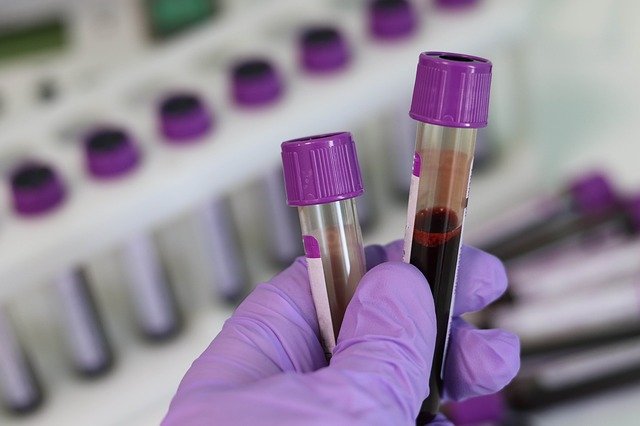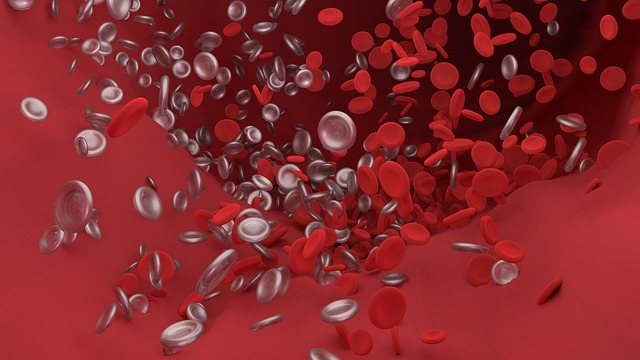[et_pb_section bb_built=”1″][et_pb_row][et_pb_column type=”4_4″][et_pb_text _builder_version=”3.13.1″]
Thalassemia is a disease of the blood in which there is a decrease in the synthesis of one or more of the chains of hemoglobin, which is the substance that transports oxygen to tissues.
The term of hemolytic anemias groups a set of disorders in which there is an accelerated destruction of red blood cells, thus decreasing their average survival (normally, a red blood cell remains in the blood about 120 days approximately). It consists in transporting oxygen to the different tissues of the body. As a result, what is known as the anemic syndrome (paleness of the skin, fatigue, dizziness, fatigue, decreased appetite, headache) is produced in the patient.
Thalassemia is a hereditary blood disorder that is transmitted from parents to children. According to the affected globin chain, they are classified into three groups: alpha-thalassemias, beta-thalassemias and beta / delta-thalassemias.
In some cases, thalassemia may not cause symptoms and may not require treatment, while in others it does show symptoms and needs to be addressed. The different options that are currently available to treat thalassemias are the following:
- Blood transfusions: are necessary in thalassemia major and in some forms of thalassemia intermedia.
- Surgical removal of the spleen: it is performed only in those cases with intense chronic anemia that is also accompanied by an increase in the size of the spleen.
- Erythropoietin: also known as EPO, is a hormone that facilitates the creation of red blood cells. It is reserved for the treatment of thalassemia major and intermediate.
- Bone marrow transplantation: it is a potentially curative option in thalassemia major.
- Gene therapy: is still in the research phase.
Always take care of your health with a unique and efficient service. Visit Pharmamedic.
[/et_pb_text][/et_pb_column][/et_pb_row][/et_pb_section]








